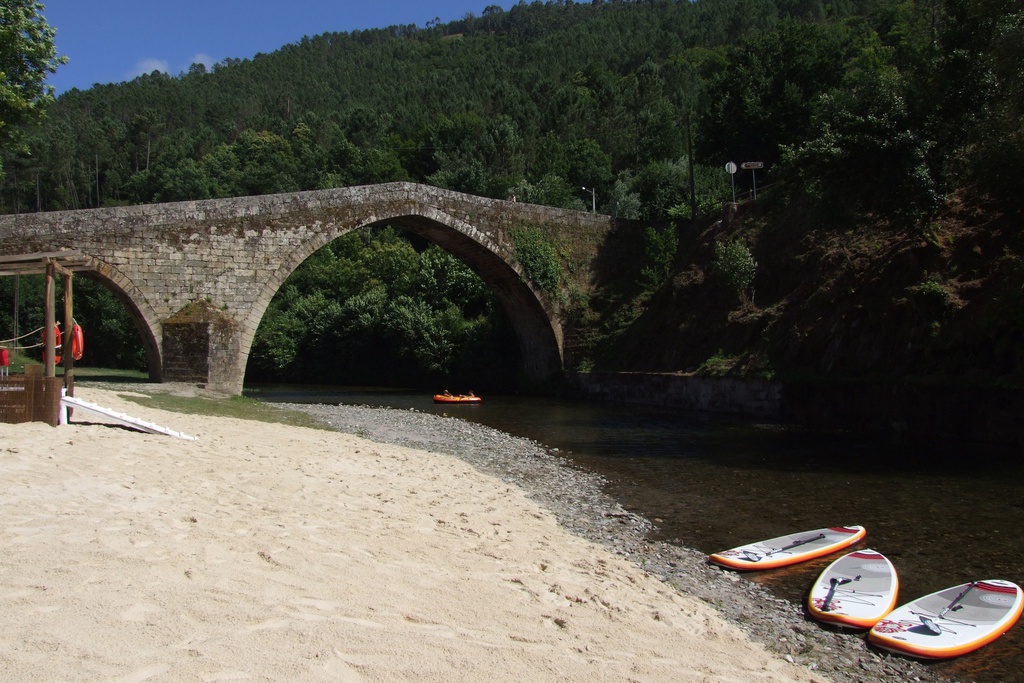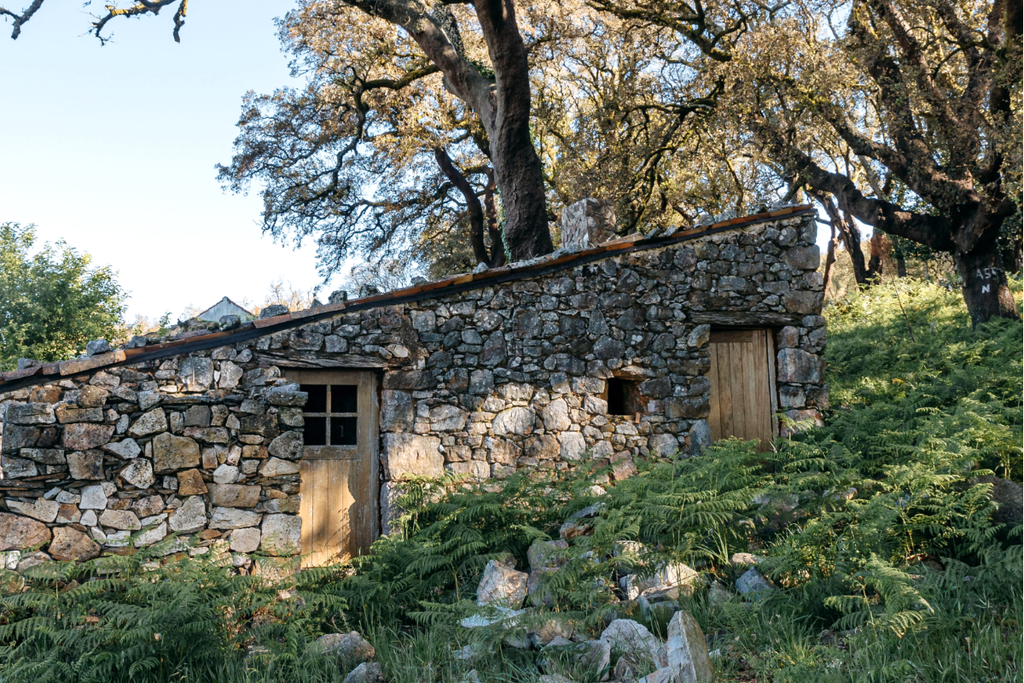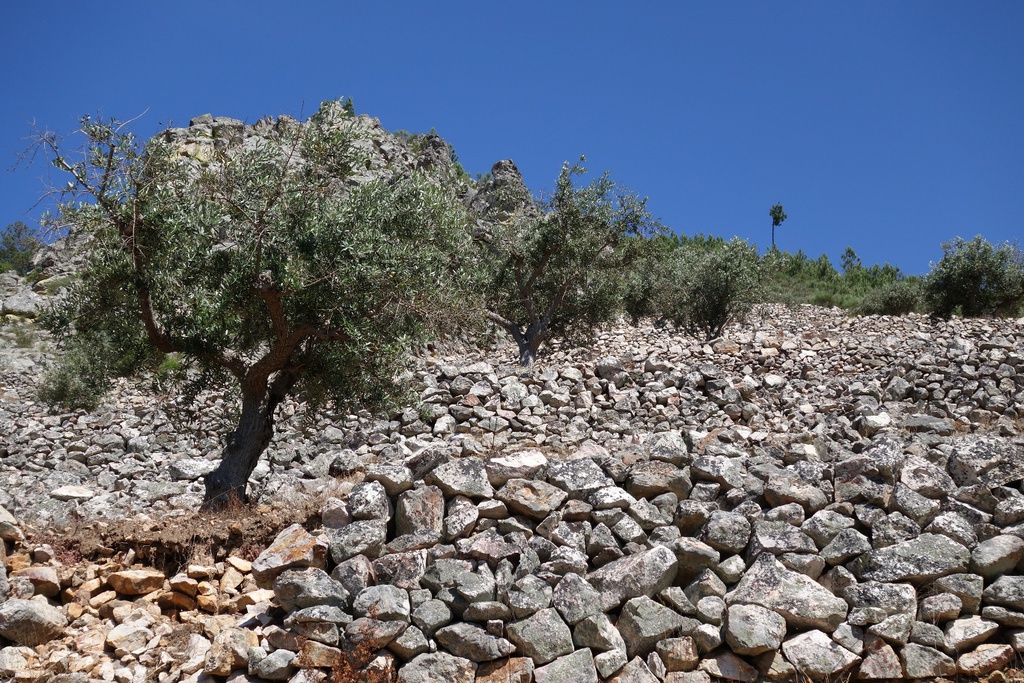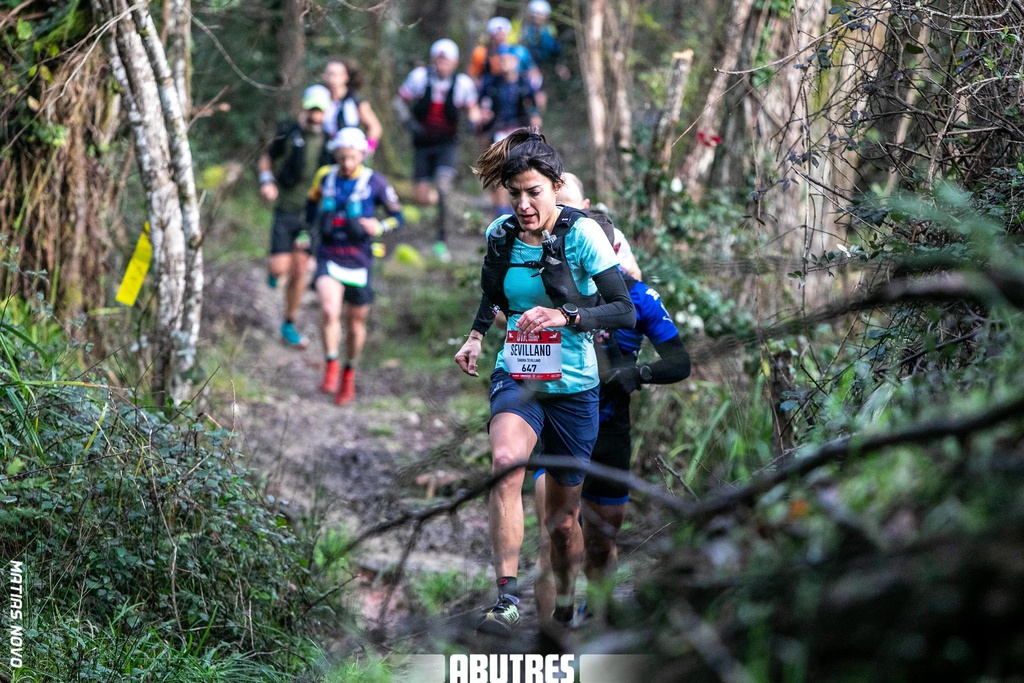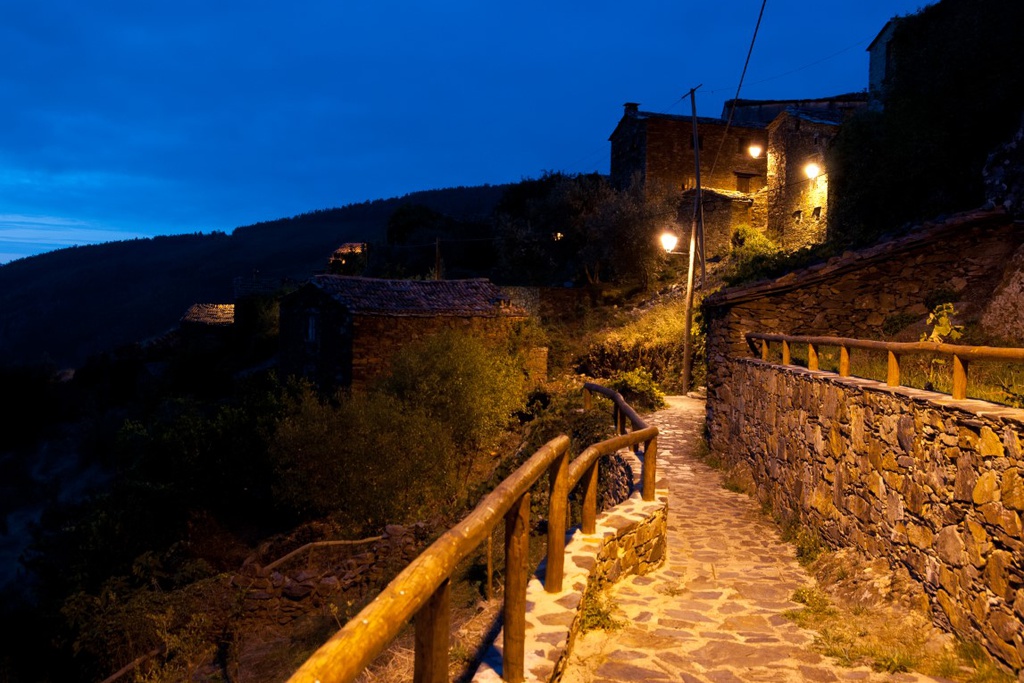villages
A unique cultural landscape in Central Portugal. The Schist Villages are the gateway to a diverse range of tourism and leisure opportunities in close contact with nature and the region’s culture.
5,000 km2
27 villages
4 territorial units
open map
plan visit bookinxisto
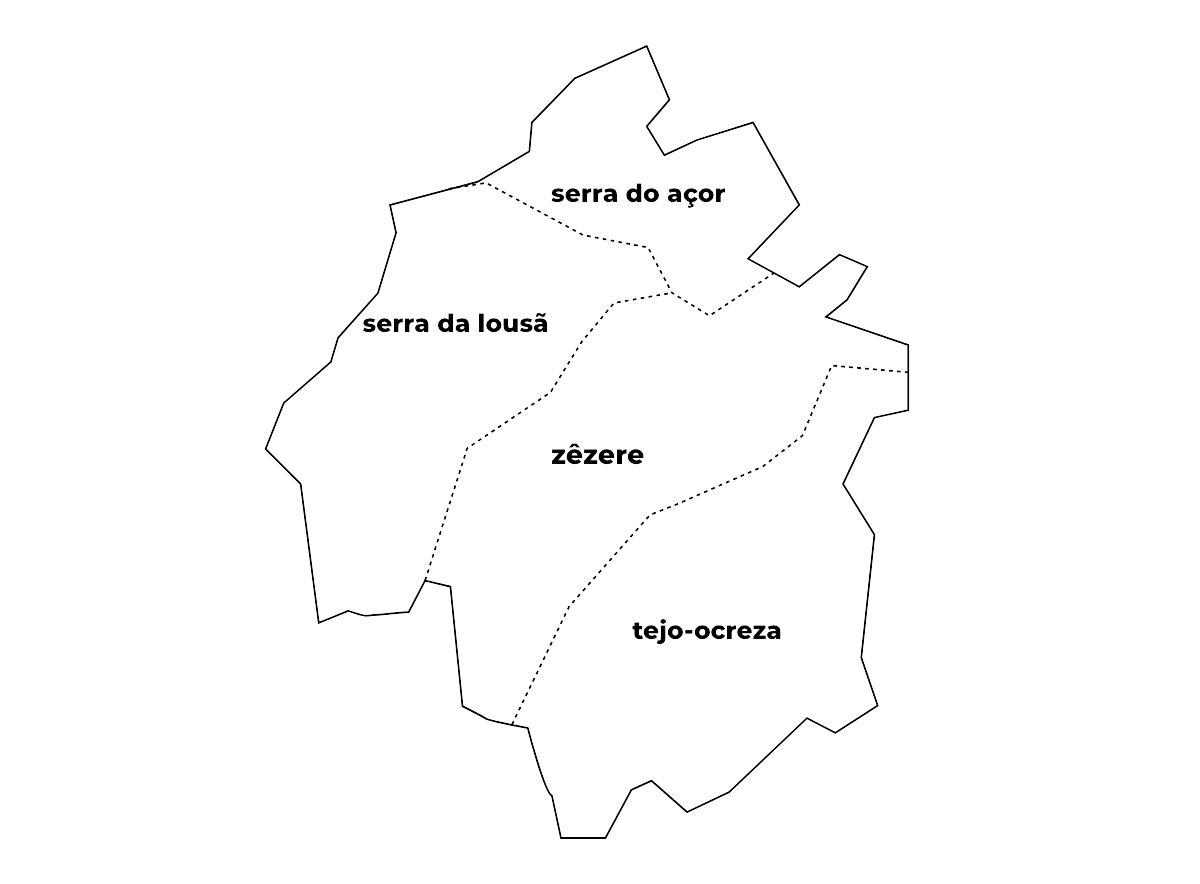
Territorial Units
The Villages are spread across four Territorial Units, reflecting the geomorphological characteristics of these landscapes, as well as the architectural features and urban typologies of this group of villages. Although the territory is mainly made up of schist it is also quite diverse.
Cultural Landscape
The territory’s geology of rounded summits and deep valleys gives rise to its undulating landscape and the types of construction left by thousands of years of human occupation. In this hidden territory in the middle of the country that, since time immemorial, people have communed with nature and invested in the land, producing a very unique way of life. This daily persistence is reflected in the vernacular architecture, in the cultural heritage, in the cuisine and even in the foliage, creating a unique cultural landscape that is part of our collective identity.
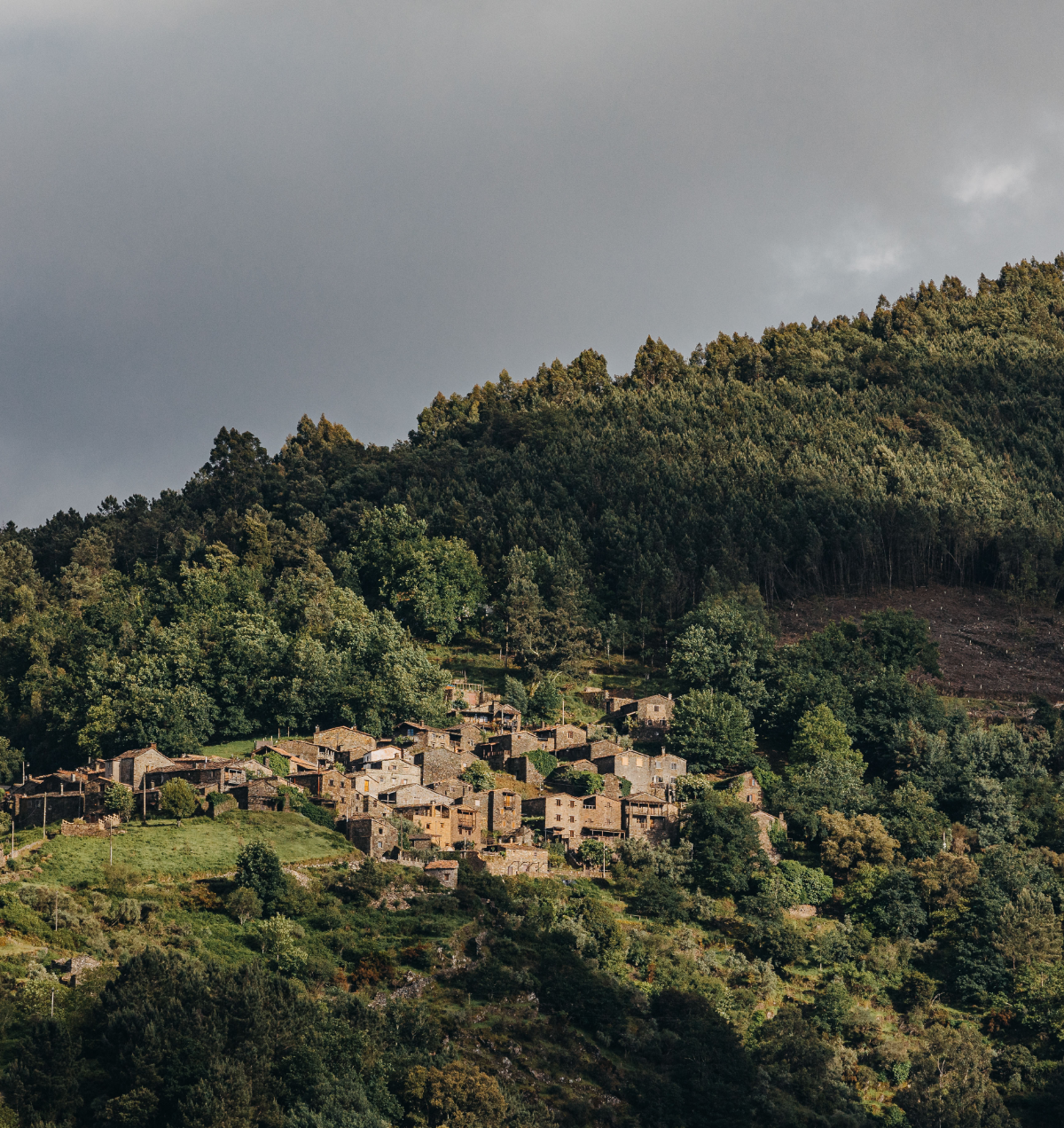
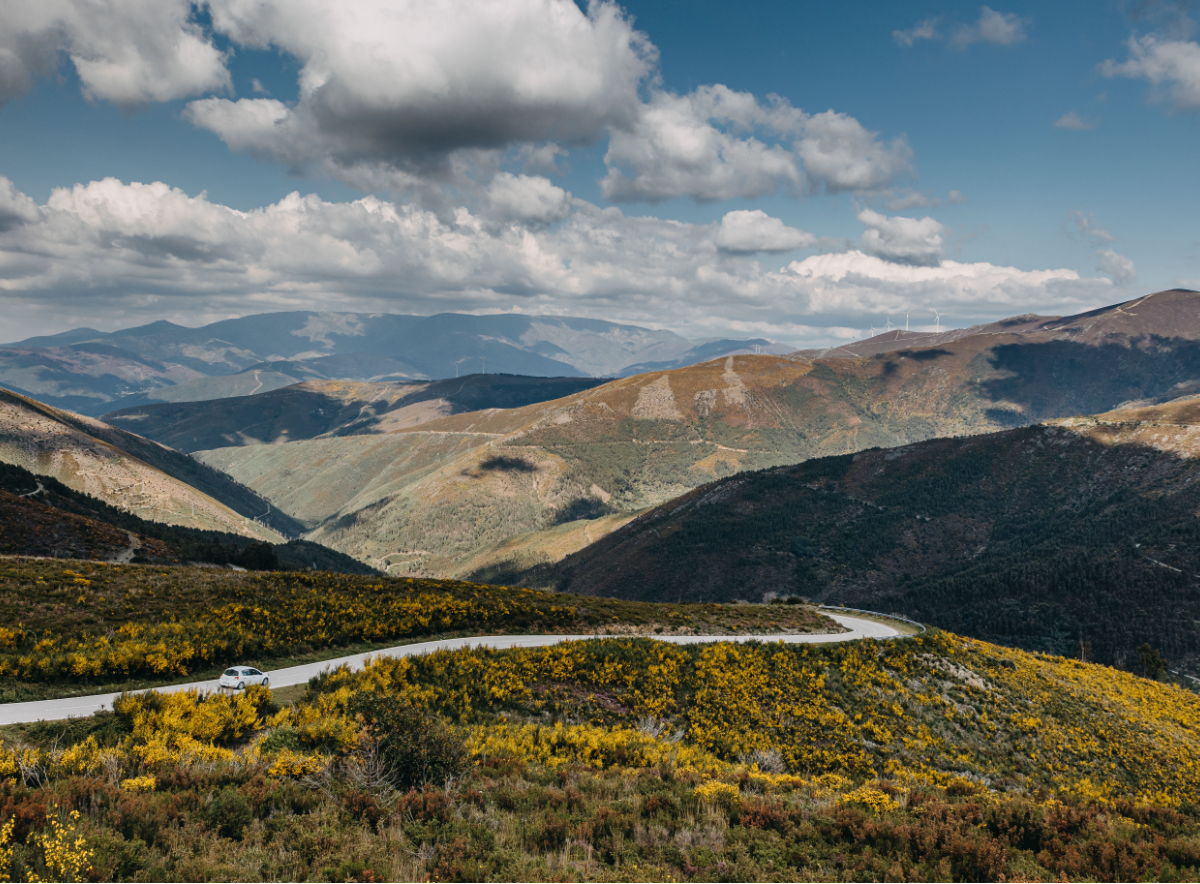
Geography
The Aldeias do Xisto are distributed over a territory of 5,000Km2 and 21 local authorities. It is a region with distinctive geophysical characteristics, essentially linked to the predominance of schist, but also to forests and water. It is a mountainous area, where the medium altitude mountain ranges follow one another, forming a row of peaks on the horizon – a sea of mountains – where the Lousã, Açor and Muradal Mountains stand out. The territory is mainly forested, with numerous areas of native vegetation and riparian galleries, although there is a predominance of wild pine, eucalyptus, Strawberry trees and heather. It is crossed by large bodies of water, such as the rivers Zêzere, Ceira, Alva and Ocreza, which provide an important set of hydroelectric power plants, such as the dams of Alto Ceira, Santa Luzia, Cabril, Bouçã, Aguieira, Fronhas and Castelo de Bode.
Nature in its purest state
The territory contains important natural areas and countless species, making it one of the most important in Portugal in terms of nature conservation. A visit to the Aldeias do Xisto always involves an experience of deep communion with nature, whether in pure leisure or in a more physically demanding challenge. There are four classified areas that cover a significant part of this territory.
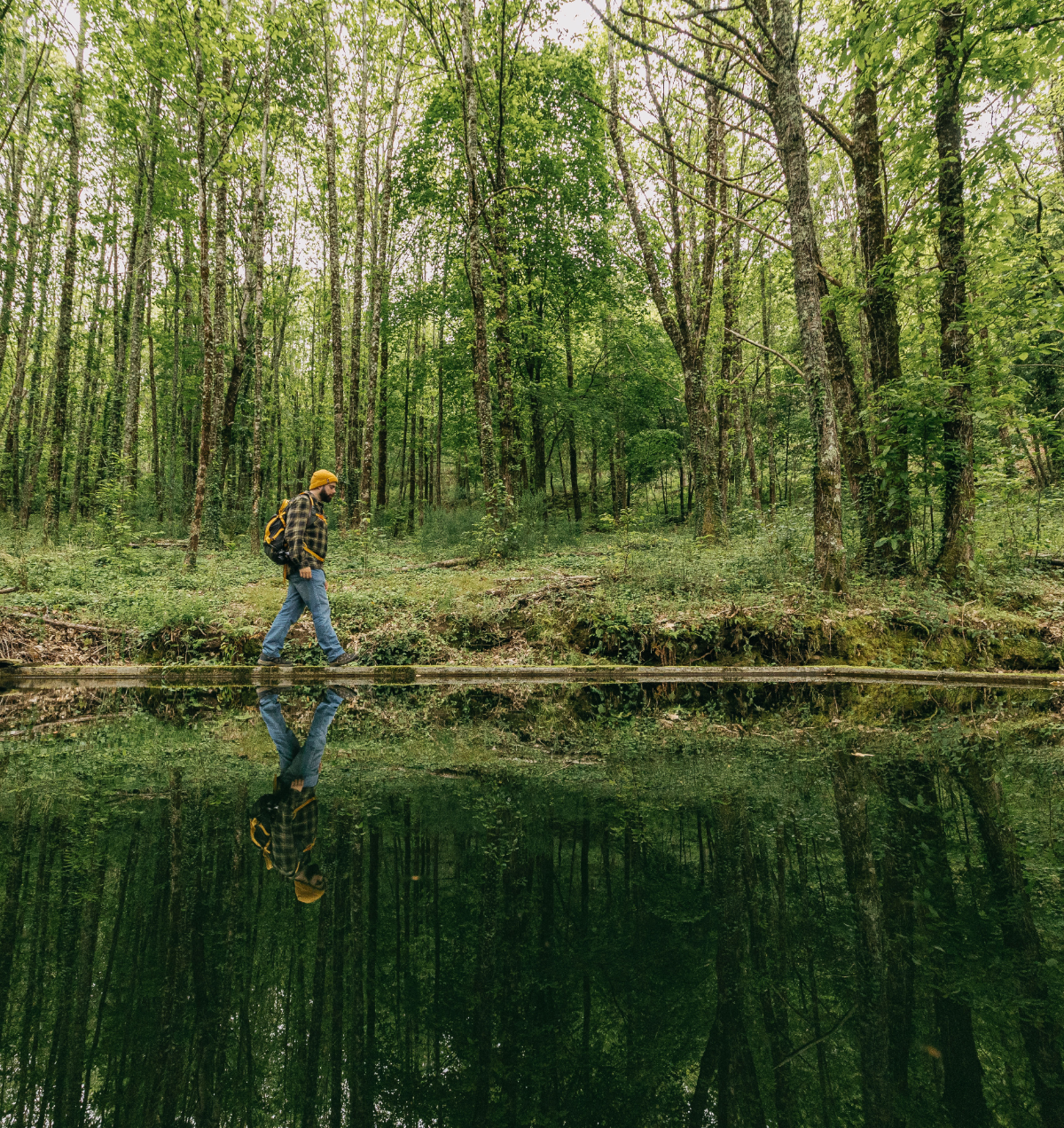
The human dimension
Despite being occupied since time immemorial by many peoples and being ruled by different military and religious orders, the history of the Aldeias do Xisto was essentially written by the persistence of the common man, who created numerous communities here, giving rise to a markedly vernacular heritage. Everything here has a human dimension. This means that what one understands historically in the Aldeias do Xisto should be read between the lines of human occupation, in the ingenuity and mastery with which their populations managed to make the best of the land for their survival and sustenance, building houses of stone, clay and wood, taking advantage of the water lines for agriculture, and also developing a symbolic and religious structure that kept communities together, communing and celebrating to the rhythm of the agricultural calendar. That profoundly human, rural and communal link is kept alive here.
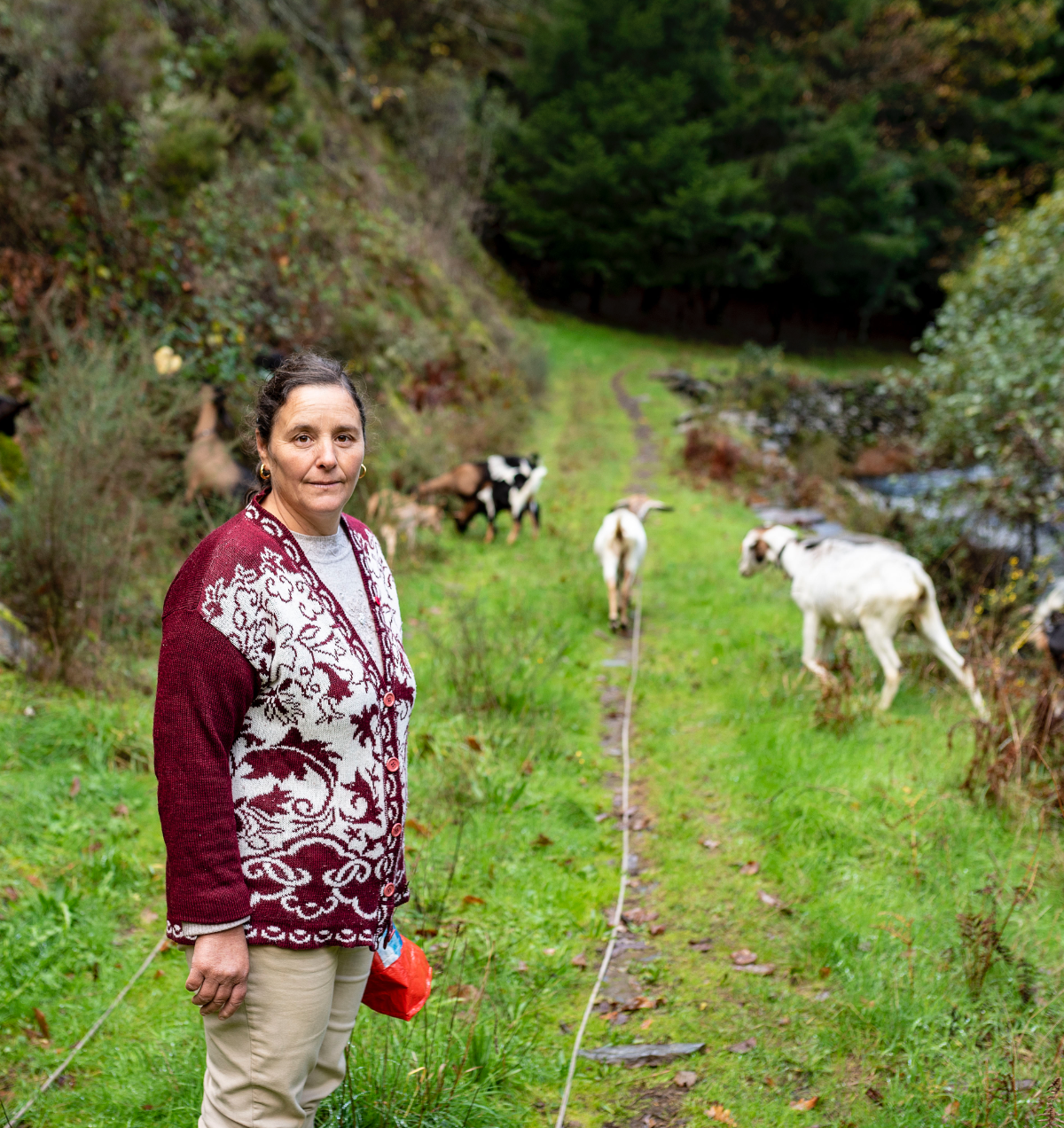
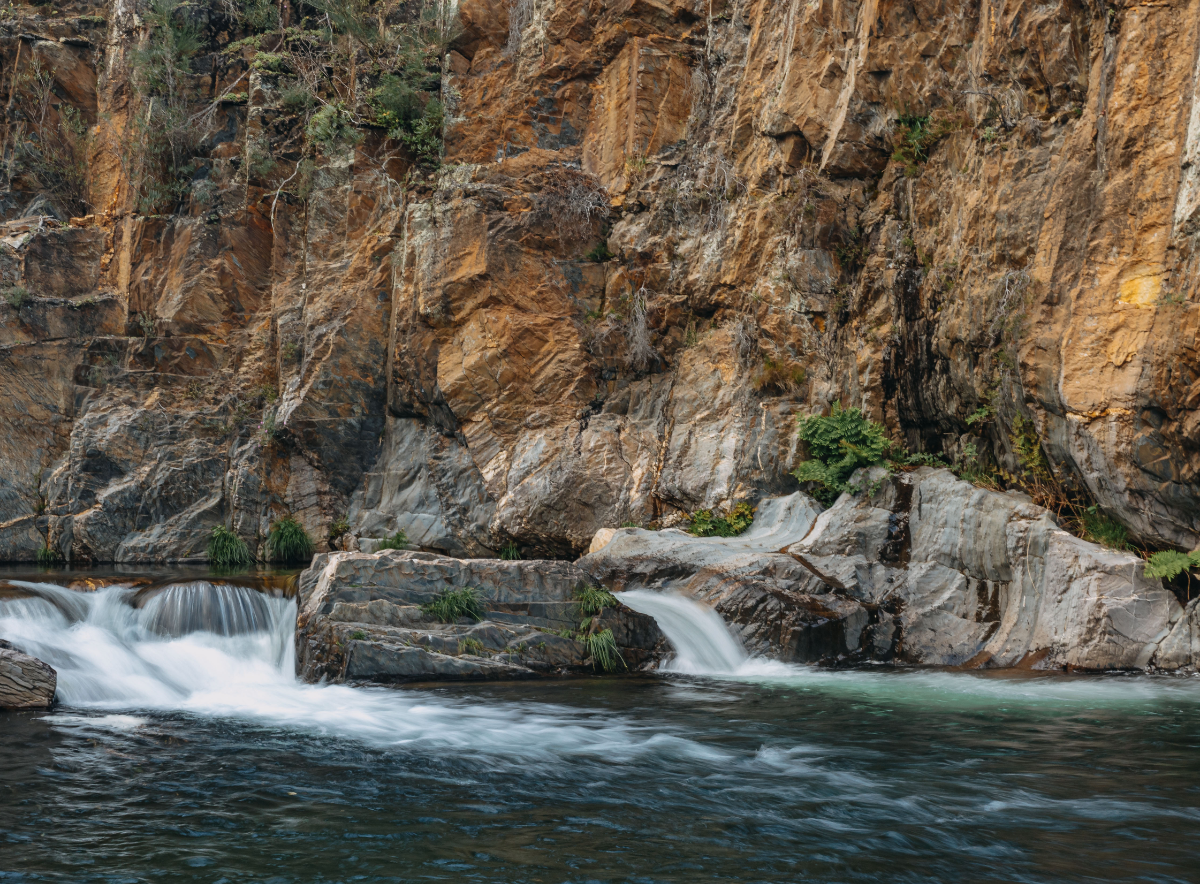
Water sources
This region is one of the country’s main river sources. Which dominated the landscape, carving mountains, feeding animals, lending its vital force to agriculture and refreshing leisure. Rivers like the Zêzere, the Ceira, the Ocreza, the Alva, the Unhais, their tributaries, streams and creeks, as well as the reservoirs of the Cabril, Bouça and Castelo de Bode dams, mould the landscape and offer hidden corners of tranquility, wide expanses of water or powerful rapids. The labour and ingenuity of the people make use of it in dams, levees, fountains, beaches, mills and irrigation systems that also shape the life and rhythm of the villages.
Dark Sky
Under the stars, where sky meets earth. There are very few places in the world with the ideal conditions to marvel at the grandeur of a fully starred sky. A sky so dark and clear that the Milky Way can be seen with the naked eye, as our ancestors saw for millennia, providing metaphysical and artistic inspiration that has served as a foundation for all human civilisations. The Aldeias do Xisto Schist Villages provide one of these unique destinations. The Starlight Foundation has awarded the Aldeias do Xisto with the international accreditation "Starlight Tourist Destination". Alongside the excellent conditions of visibility, transparency, and darkness of the sky, this endorsement also attests to the commitment of public, private, and scientific bodies, and the readiness and quality of tourist services, augmented by the genuine interest of the resident community.







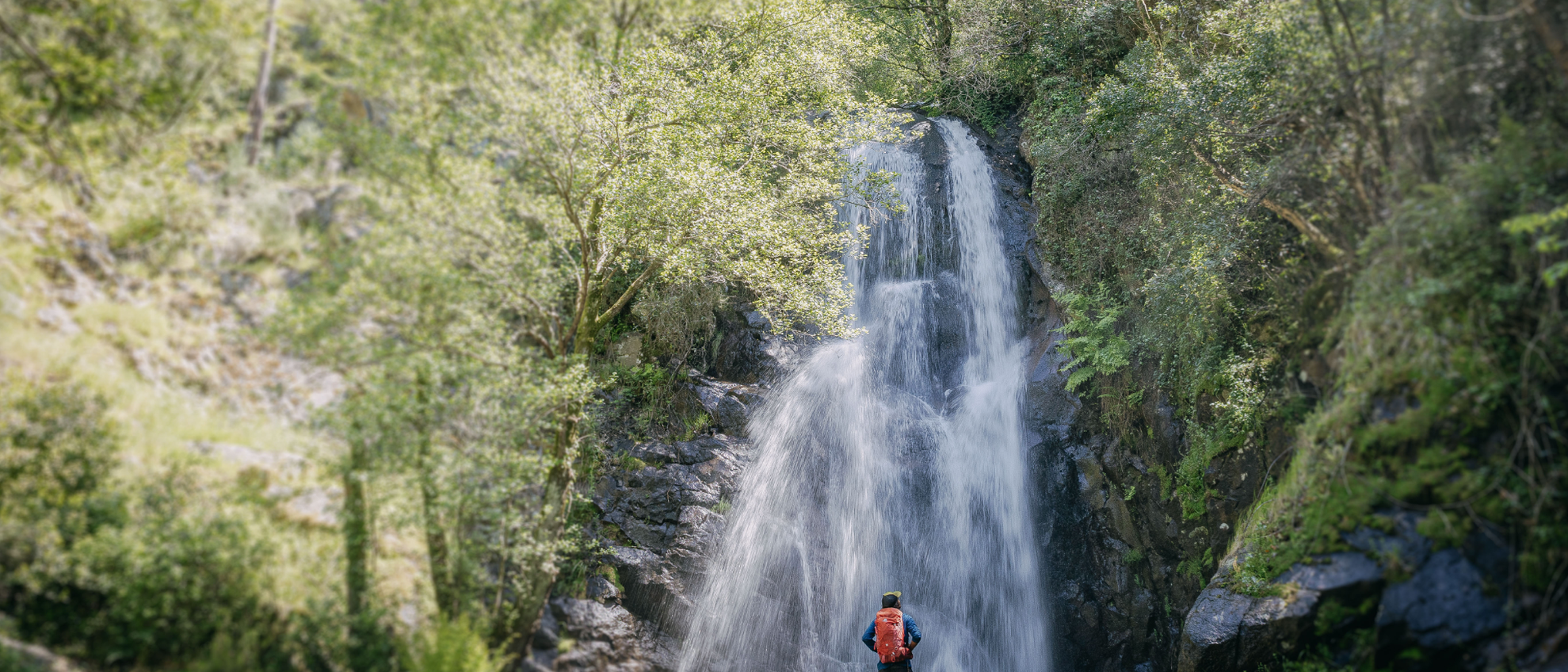
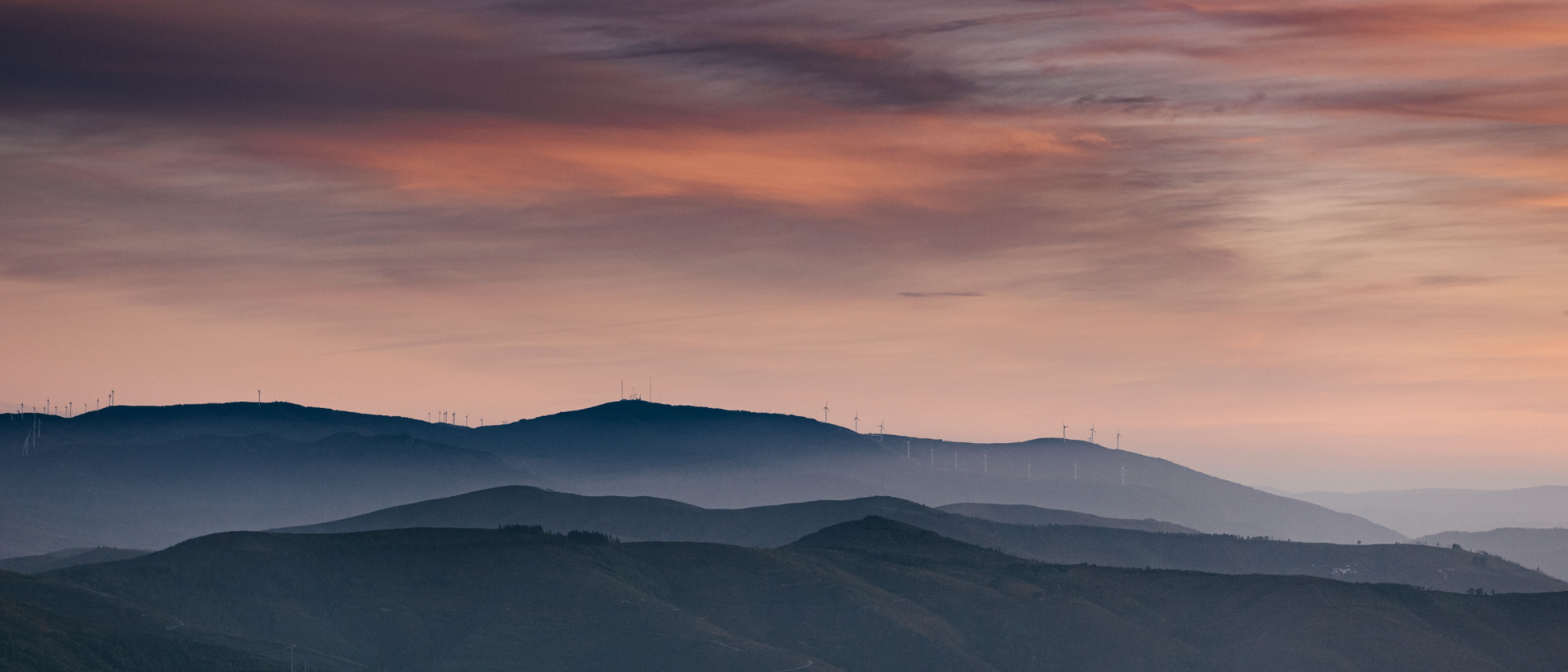

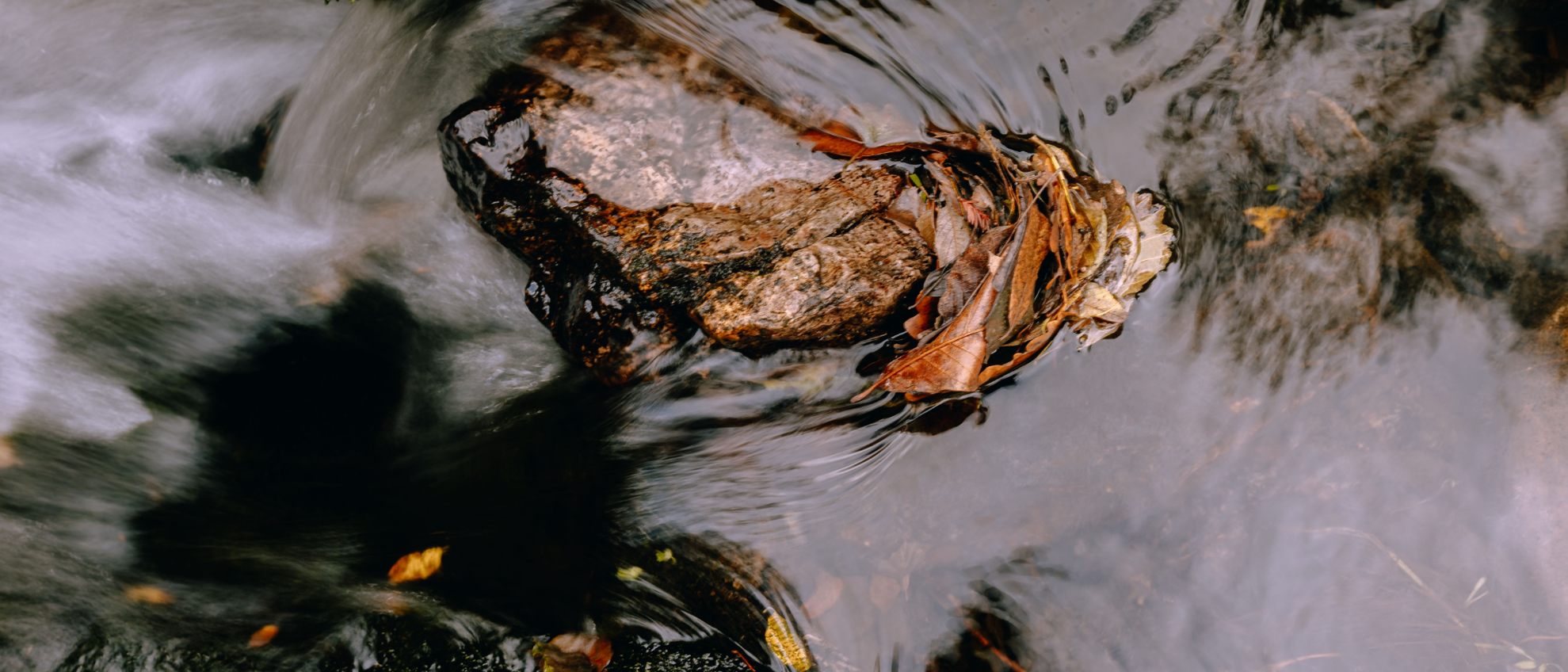

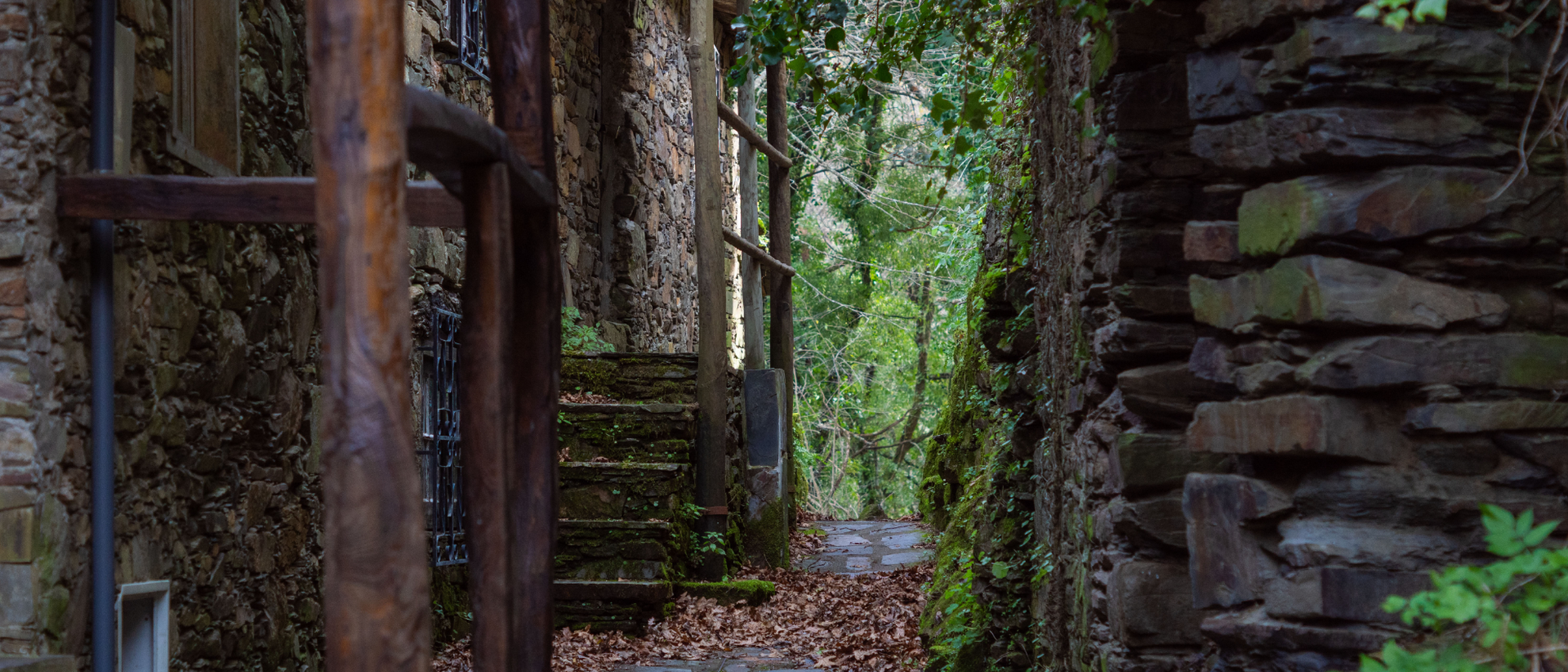


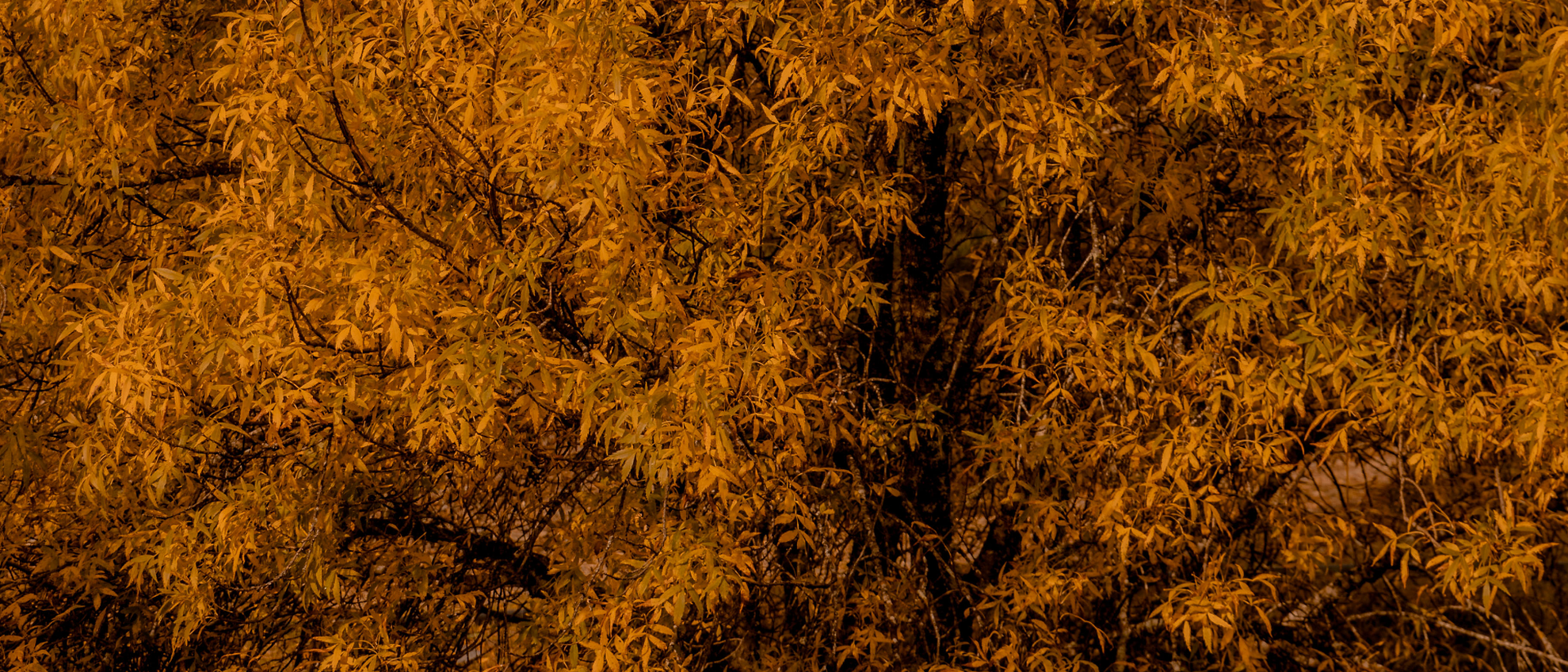

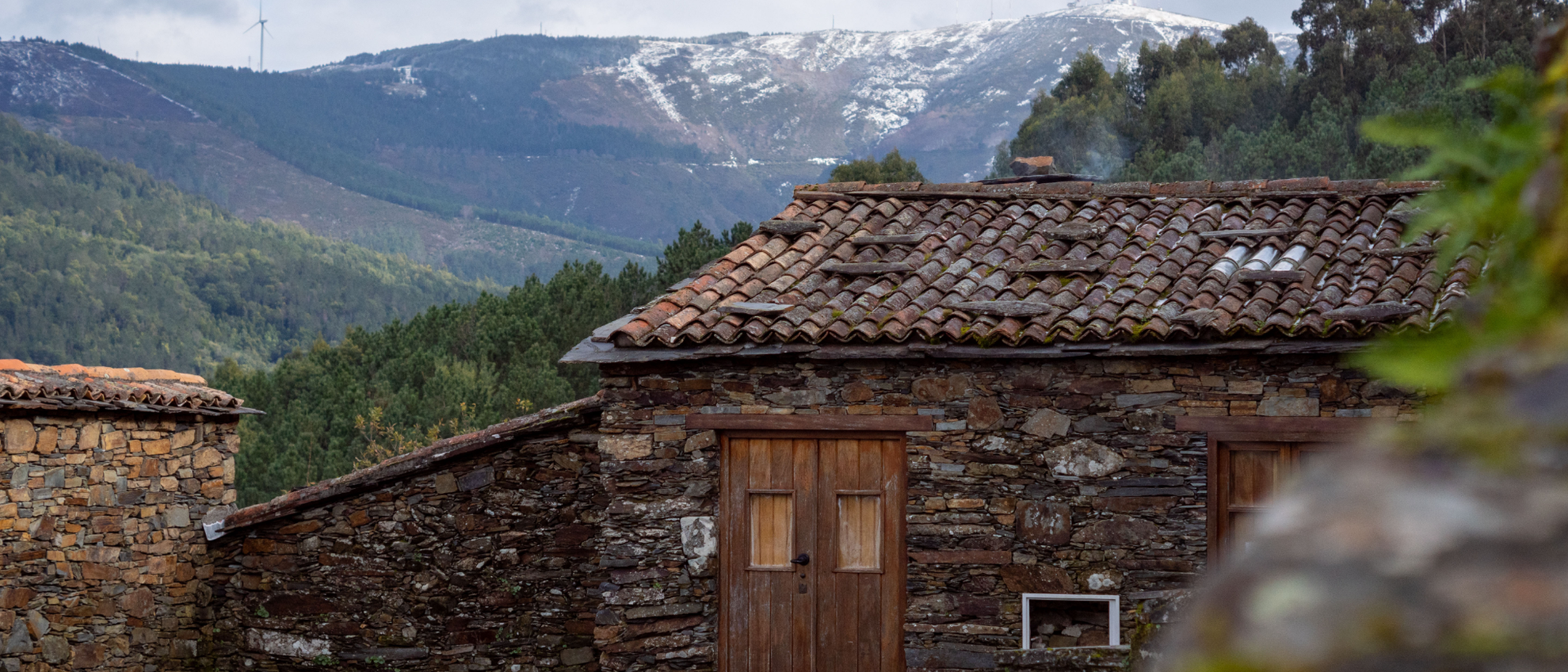
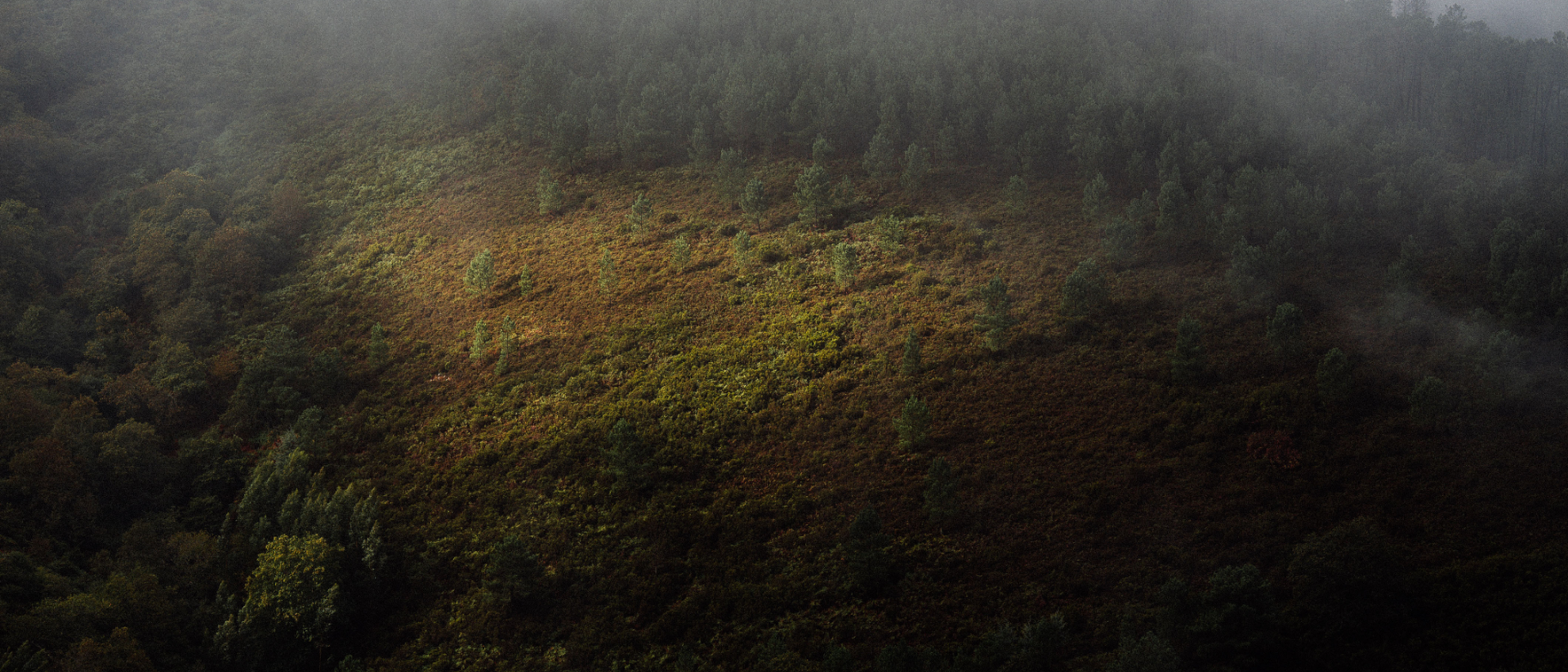



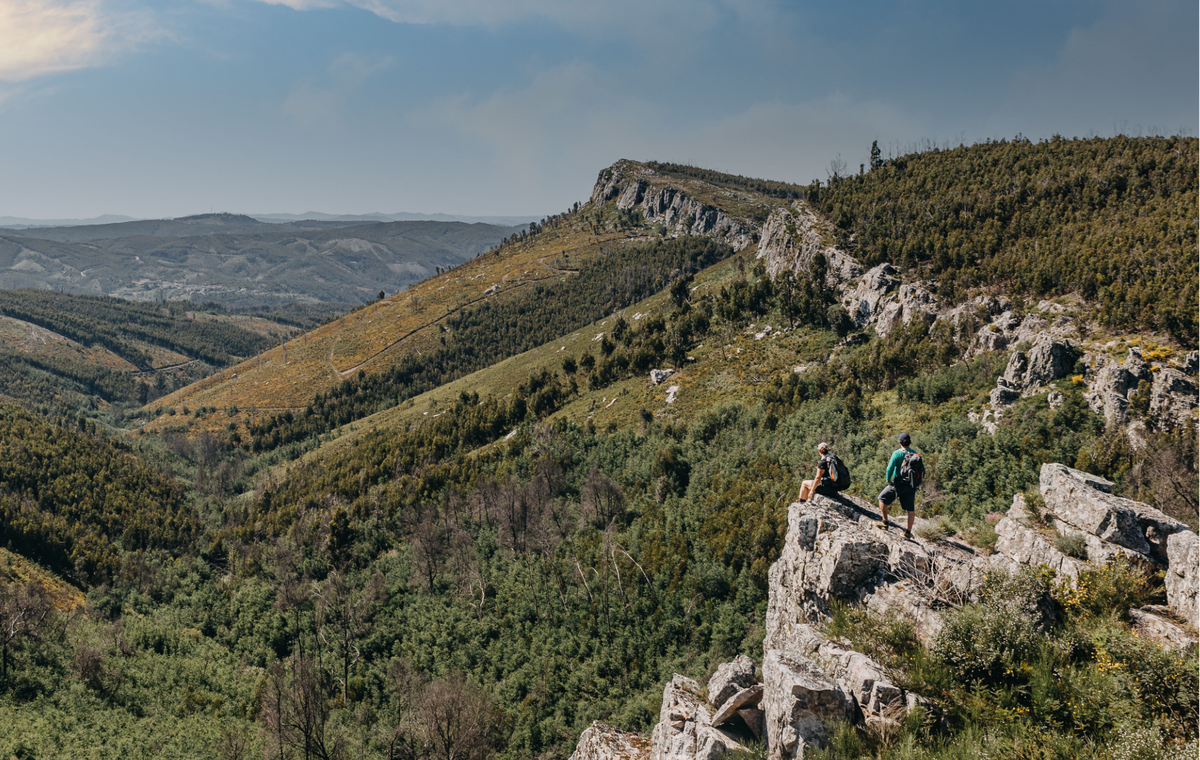

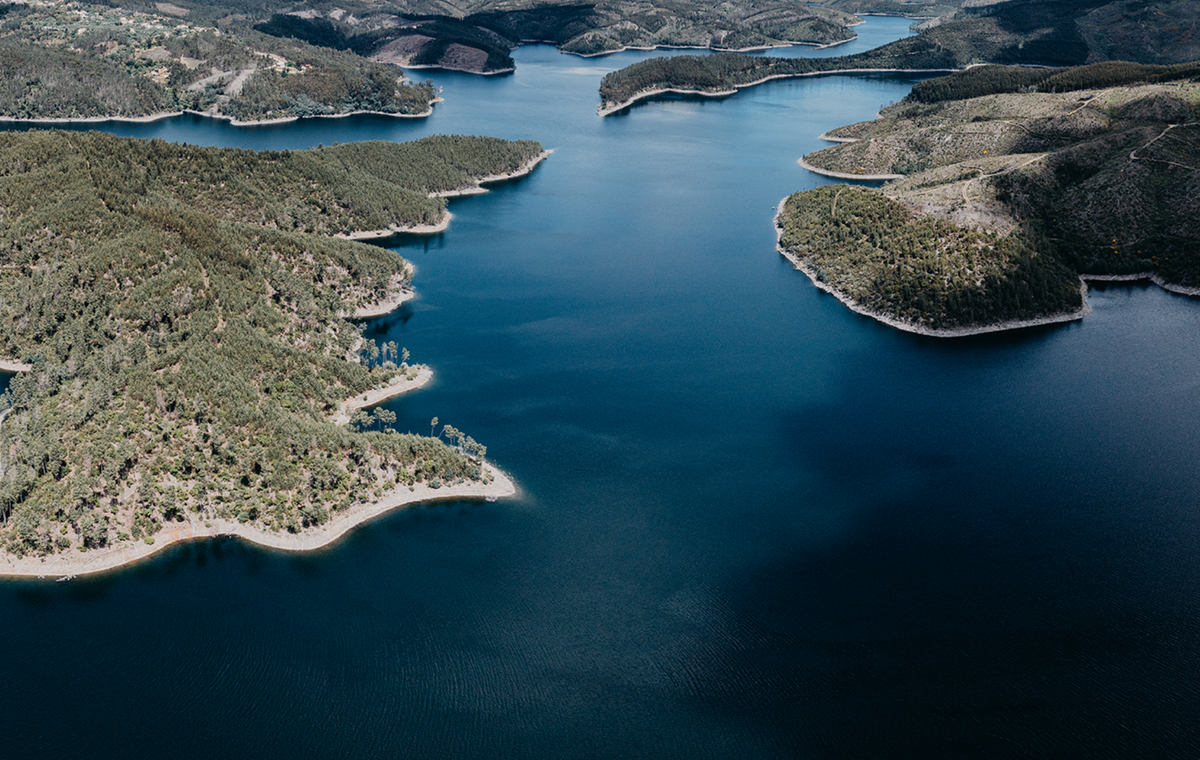

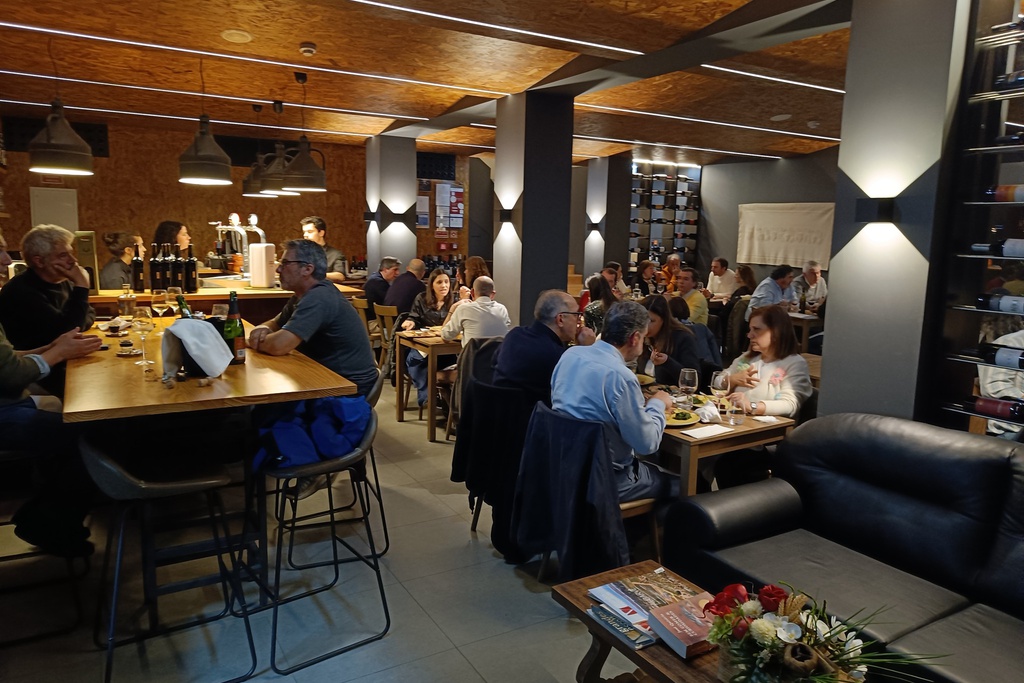
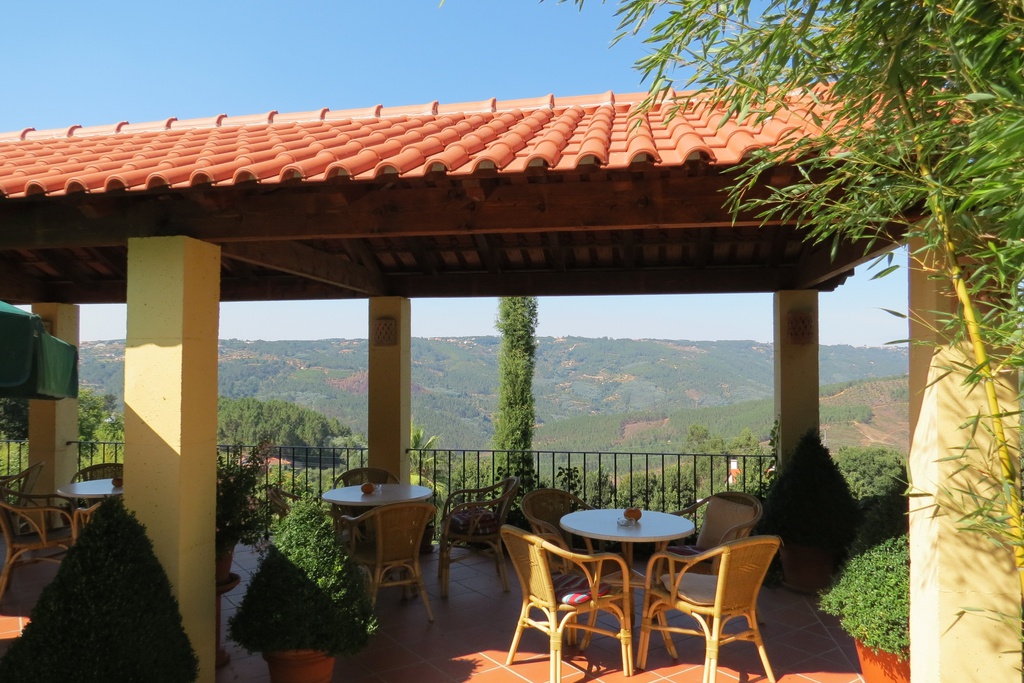


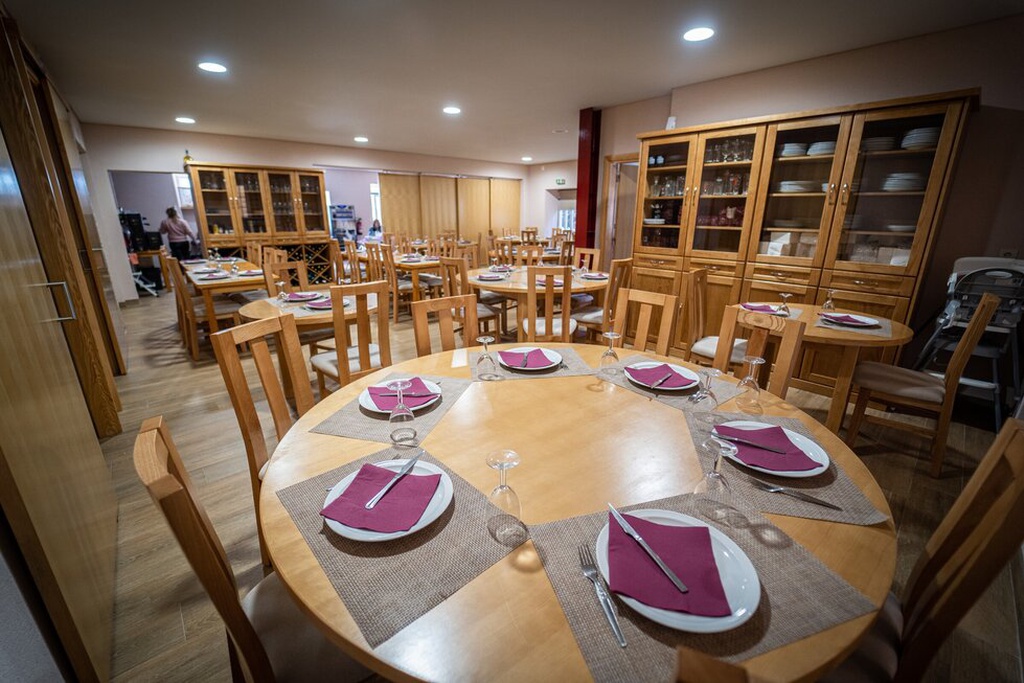
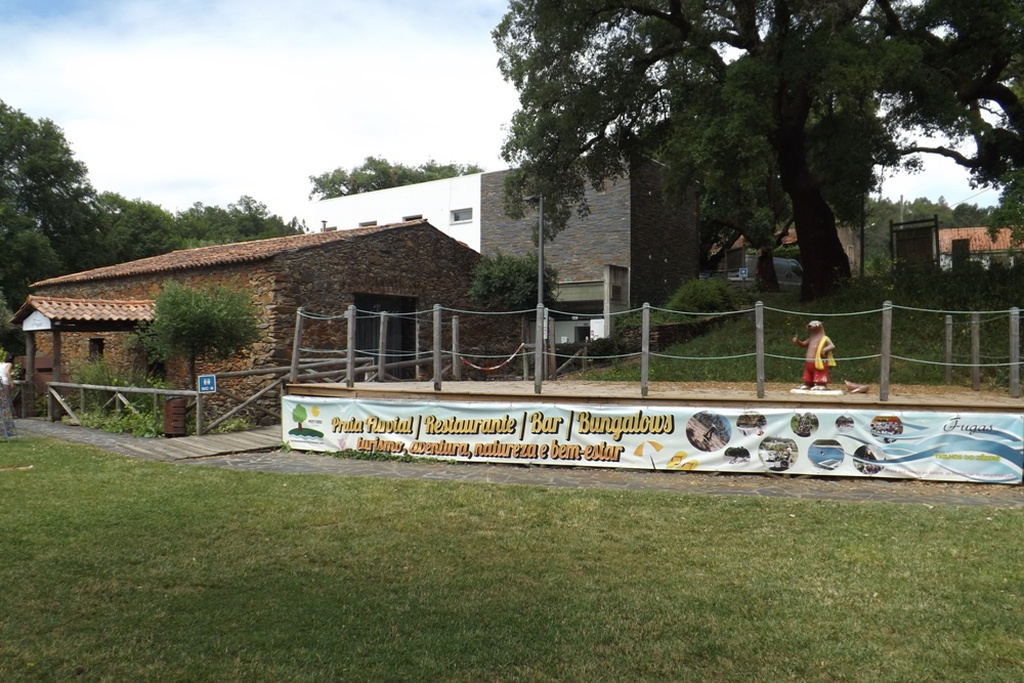




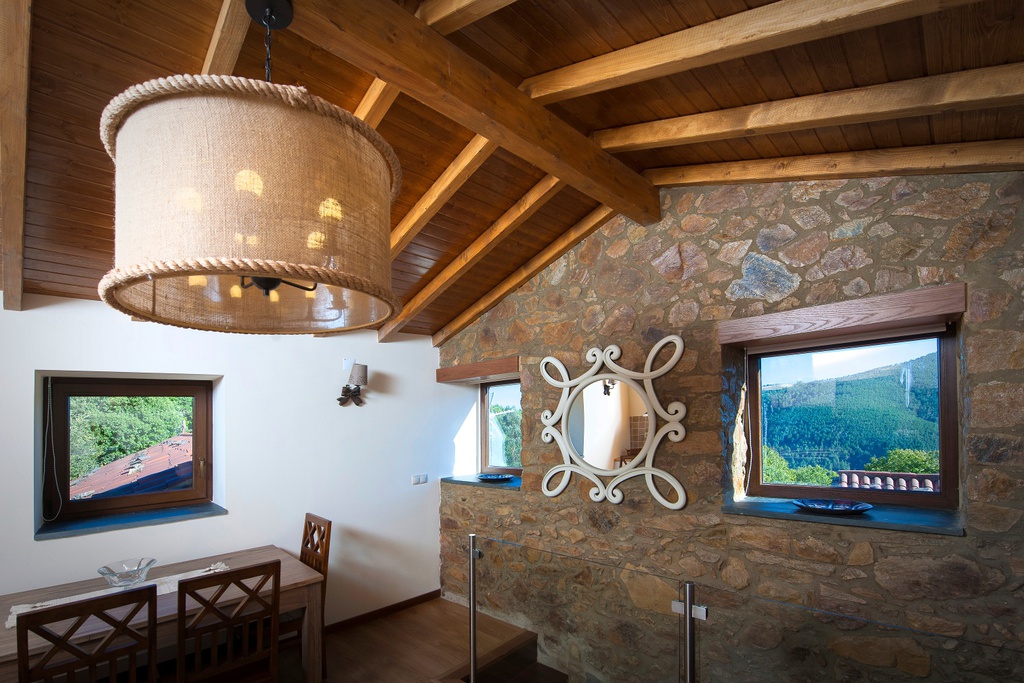


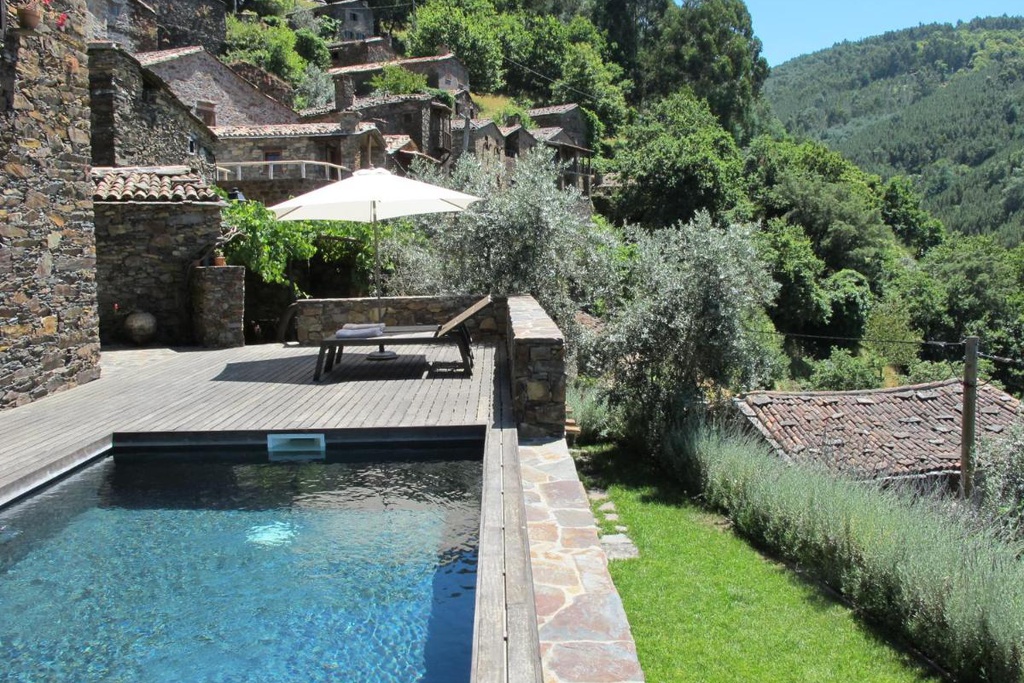
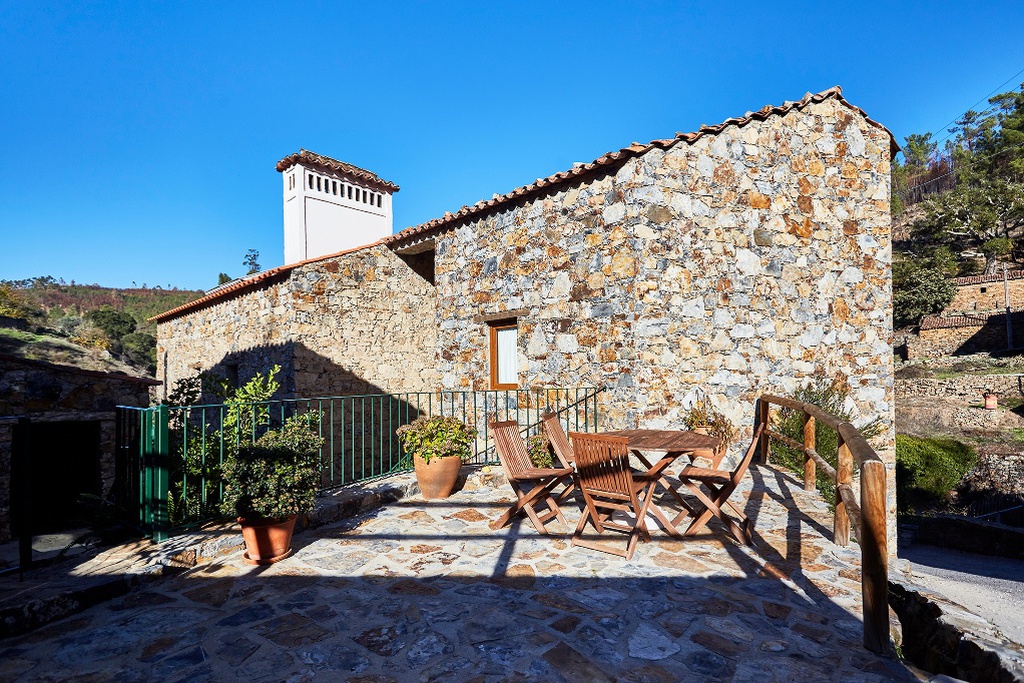

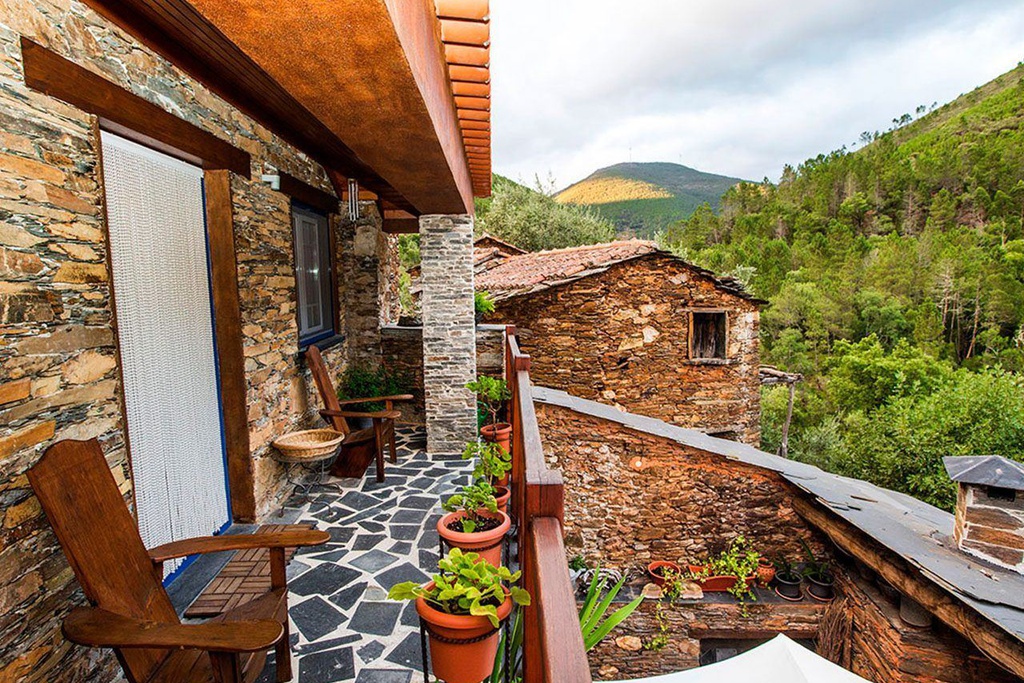
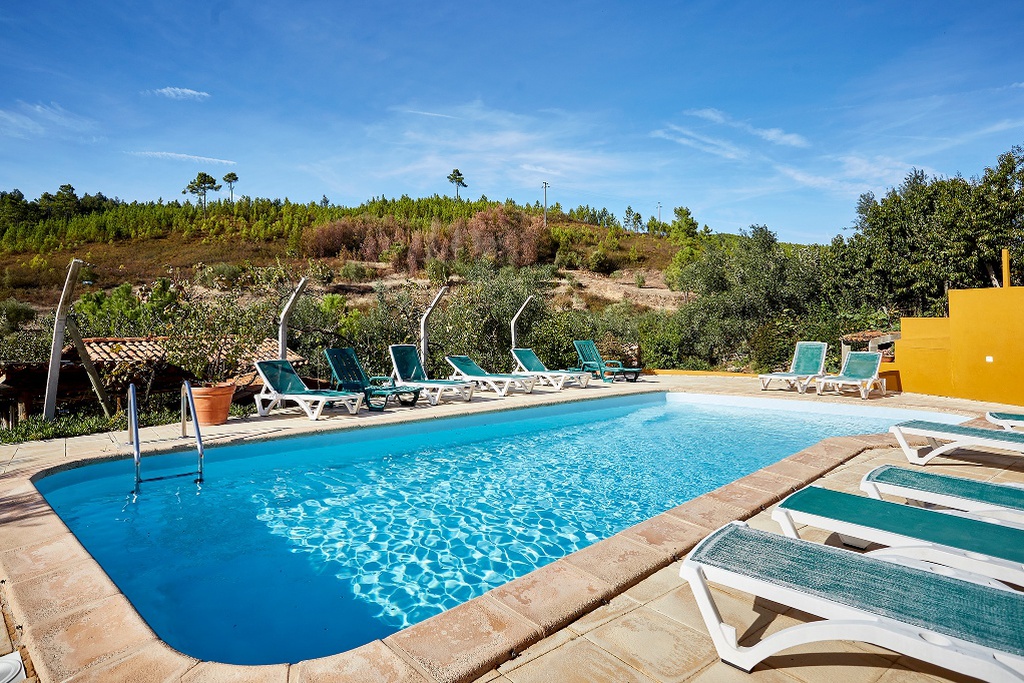

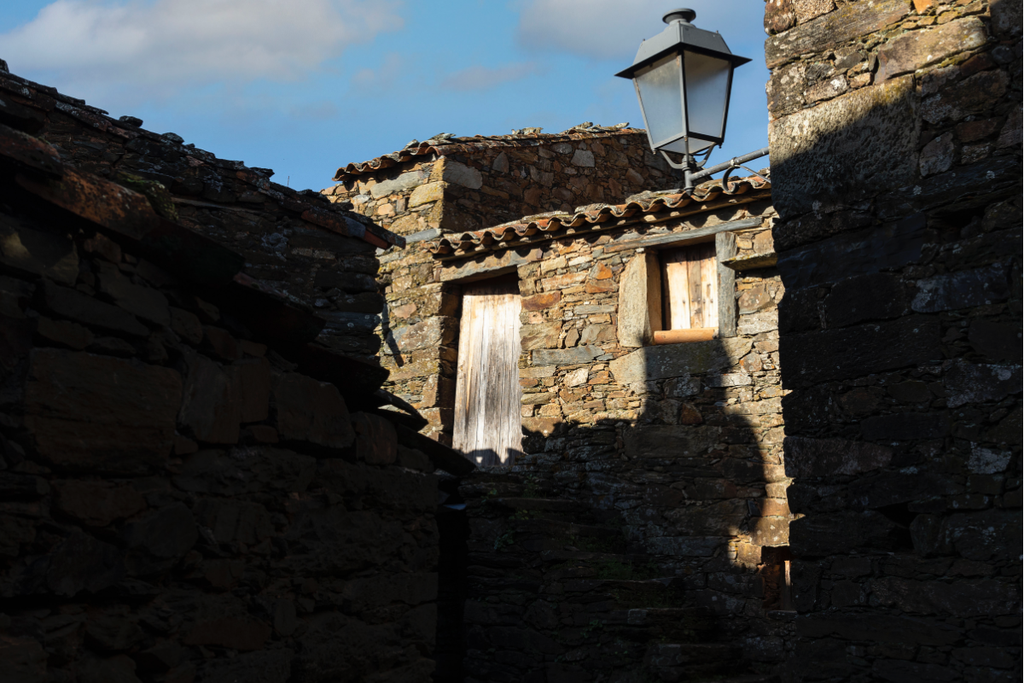
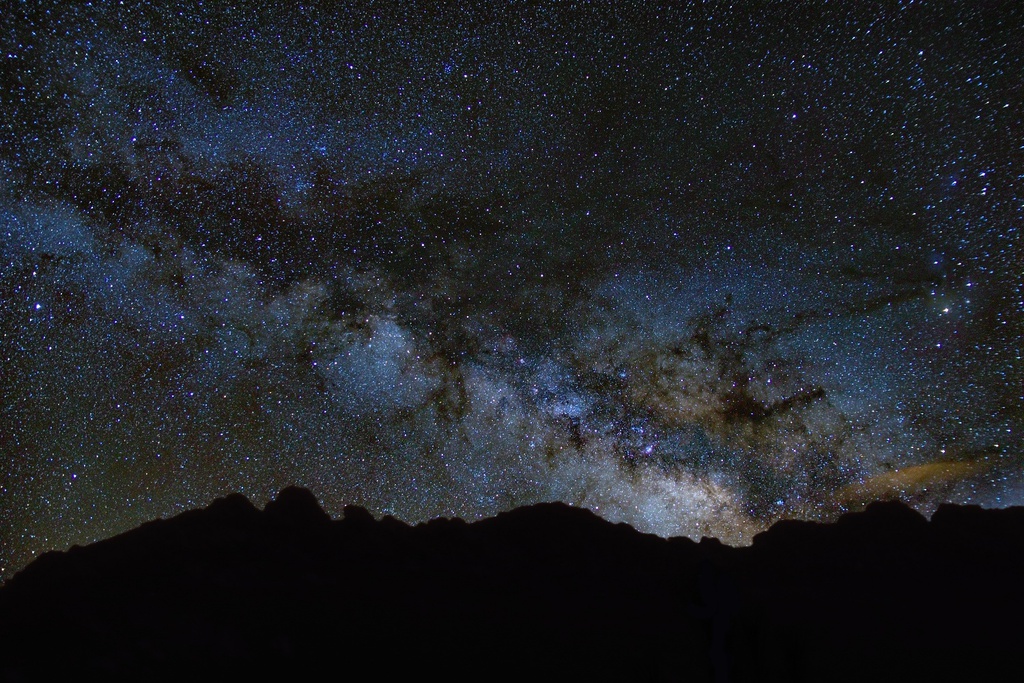
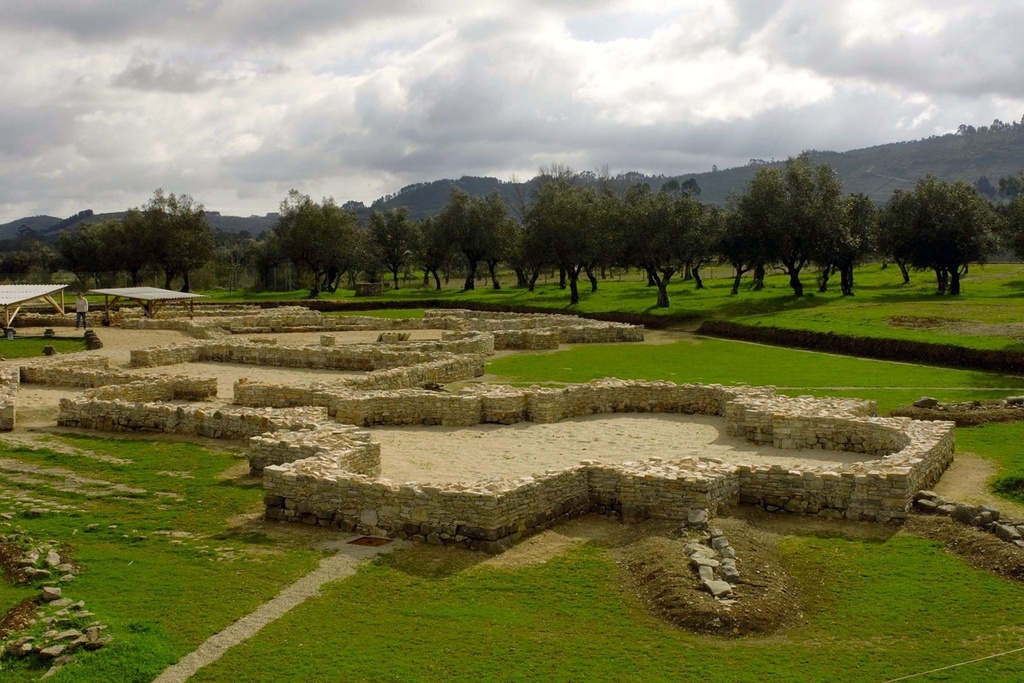
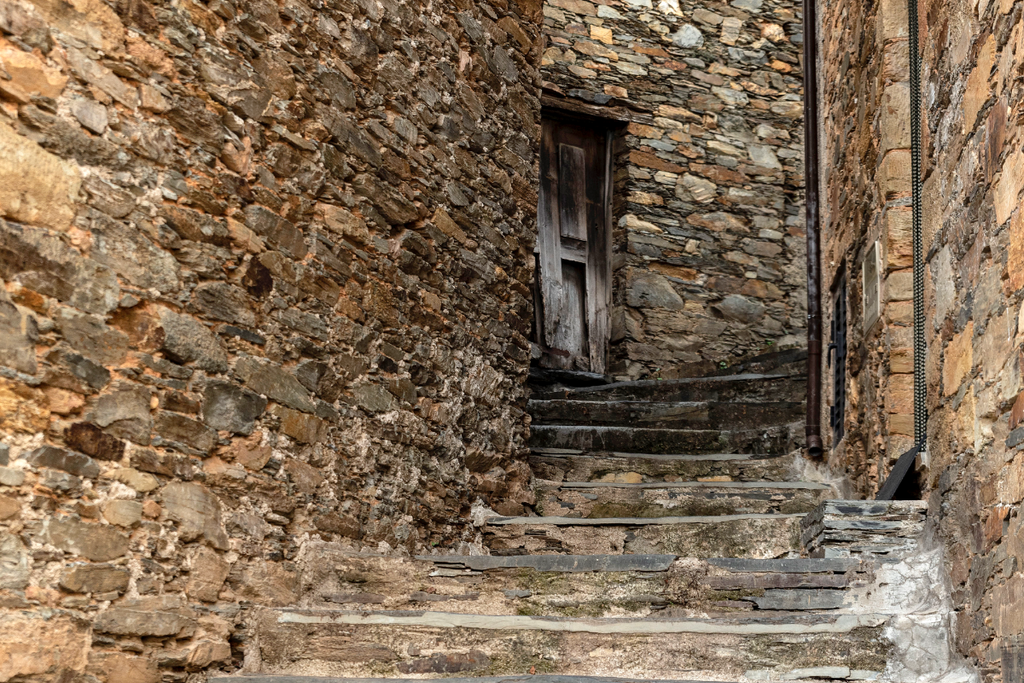
![Mining Territory [GRZ - MTB sector 3]](/media/filer_public/55/7b/557b2251-626f-458d-97c4-76f96a6e4f7c/aldeias-xisto-aldeias-xisto-terra_mineira_c381rea_de_descanso_do_barco__cabec3a7o_do_pic3a3o_gr33_-_grz_etapa__mam9mil.jpg.1024x683_q95_crop_upscale.jpg)


![Irrigating Cova da Beira [GRZ - MTB Sector 2]](/media/filer_public/f0/25/f0253b52-af95-475a-a6c1-6eccced0fca6/aldeias-xisto-aldeias-xisto-irrigando_a_cova_da_beira_peso__barco_gr33_-_grz_etapa_6_ssc6w0b.jpg.1024x683_q95_crop_upscale.jpg)
